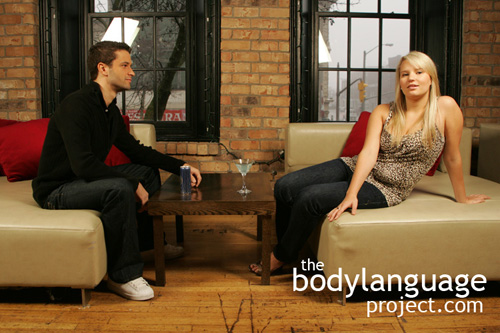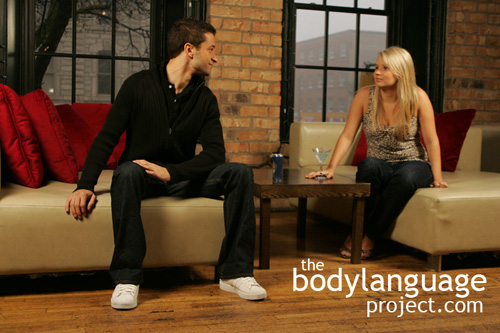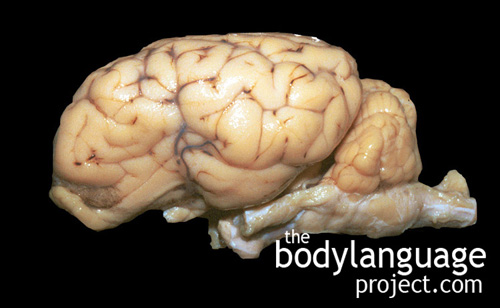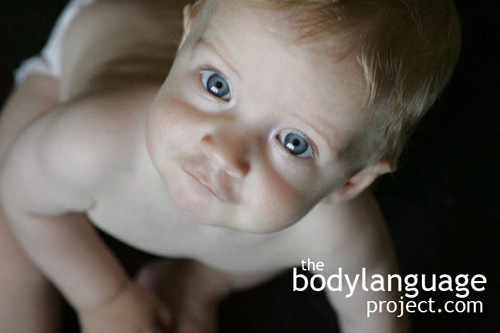
“Pecking forward” is a negative body posture for men in courtship because it makes him seem needy and low value.
Men should make all their movements more planned, deliberate, and purposeful. Leaning in too much, also referred to as “pecking” forward, is a big fault most men make. Leaning back will force others to engage you, instead of the other way around. Talking quietly also has the affect of forcing people to move closer to you, thereby increasing your status but if done too frequently appears submissive and unconfident.
Don’t be afraid to use negative body language when people do things you don’t like. If they “start on you”, don’t be afraid to turn your back or cross your arms. At the same time, men should display honest and genuine interest and try to build others around them up, but at the same time force them to work for their approval. Most everyone has a sore spot for validation and if you can become a root to their confidence, then they will seek you for approval which gives you the power. However, men shouldn’t be afraid to show interest either. Body language like verbal language is a negotiation.

Does he really want to leave? In most cases, negative body language is truthful, but he’s playing a game – hard-to-get!
One negative body language technique involves talking over a shoulder so as to show some but not total interest in someone. If done correctly it, the body language teases woman and forces them to display stronger signals of interest to keep the man’s attention. That is if she’s been given enough cues to feel compelled to compete for your attention. Using negative body language in this way is especially attractive to women who habitually have men fawning all over them. Far too often men use body language that is open an accepting in all cases and situations even though women don’t fully and sometimes not even partially deserve it. Negative body language shows rejection, which a lot of women are not accustomed to so it brings out their competitive spirit.
Above: Playing hard to get can sometimes put you back in the driver’s seat with women. For example, you could display a carefree attitude by slouching lower in a seat, opening up your posture, and taking up more space than necessary to demonstrate dominance. This may excite certain women since you are displaying as a typical alpha male, but if you go overboard, it will turn women off.









